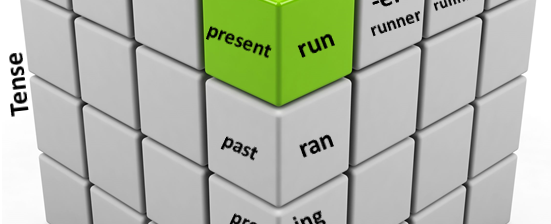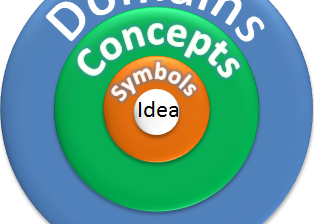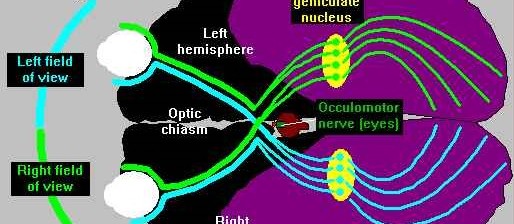03 Jun Distributed Knowledge Representation

Distributed KR Knowledge representation schemata may be top-down, or bottom-up. In a top-down approach, one would define an area or domain of knowledge, then list the concepts within the domain and their attributes. Behaviors within the domain are often defined by that domain, and the concepts may not be able to exist independently. This approach helps enforce a […]
20 May Cybernetic Modeling for Smarty-Pants

Introduction Model railroads come in several scales: O, HO and N gauge enable hobbyists to model real-world objects in miniature using successively smaller standards. In N gauge it is possible to build an entire city in the basement. A good model photographed with still or motion pictures may be so realistic that viewers believe they are looking […]
08 May Three-Dimensional Model of Language

Topographical maps of concepts in a text provide useful views of language. Fortuna et al in Semantic Knowledge Management (pp. 155-169) describe how three-dimensional topic maps can both give meaningful insights into clusters of related content, such as news stories or published papers. I have frequently stressed the importance of concept associations in the brain, in cognitive […]
07 May Pairs of Language Strata

The Paired Model By pairing language strata, we attempt to find or describe symmetrical structures in language, thus helping clarify one of the most abstract phenomena known to man: verbal communication. This pairing of characteristics is also useful in decomposing the problem into smaller chunks to make it easier for computers to deal with. A note […]
29 Apr The Multiple Meanings of Polysemy

Polysemy and Constraints Perhaps the most difficult task in Natural Language (NL) understanding is the resolution of polysemy or multiple meanings. Many words in every language do not exhibit polysemy and require no disambiguation. Most words, however, can be interpreted in at least a few different ways. This makes disambiguating NL text a non-trivial task. Each different meaning and shade […]
28 Apr Mosaic of Concepts

KR Mosaic On our way to knowledge representation (KR), we’ve looked at concepts and logical propositions and words and taxonomies. I know this can all be a bit confusing, but please bear with me a little longer. Word relations are more than a two-dimensional mosaic of related concepts – they form a deep hierarchy with multiple […]








